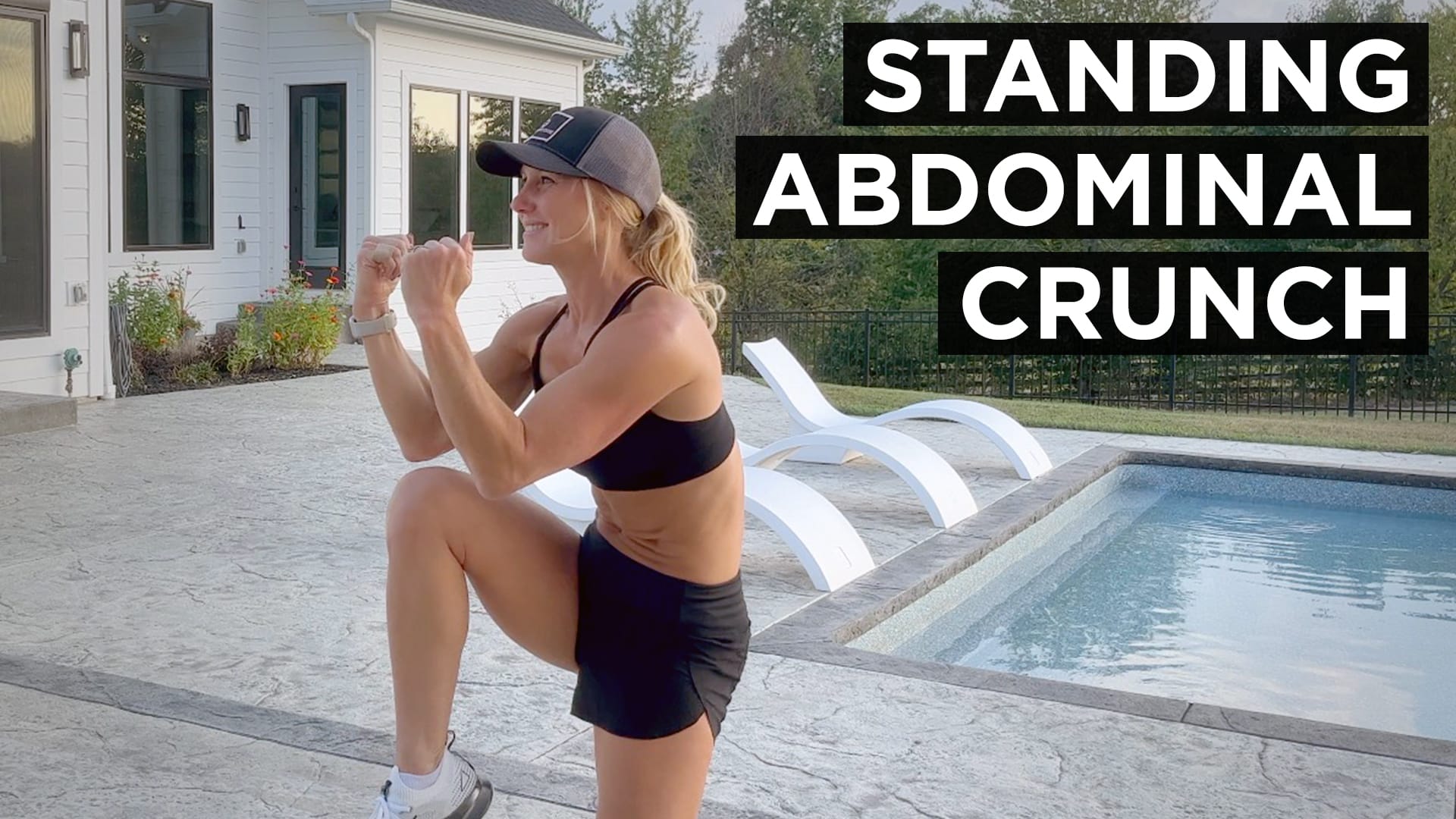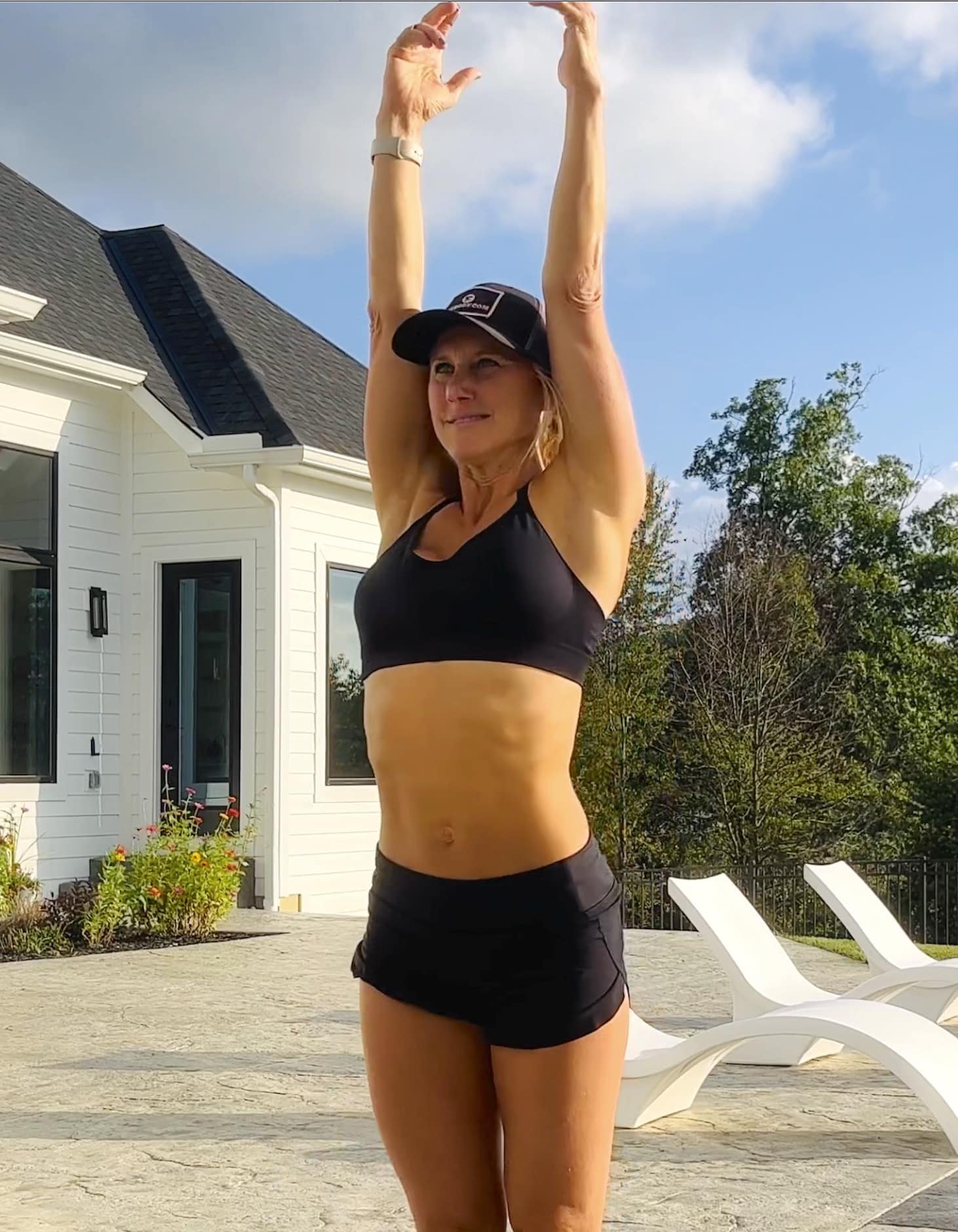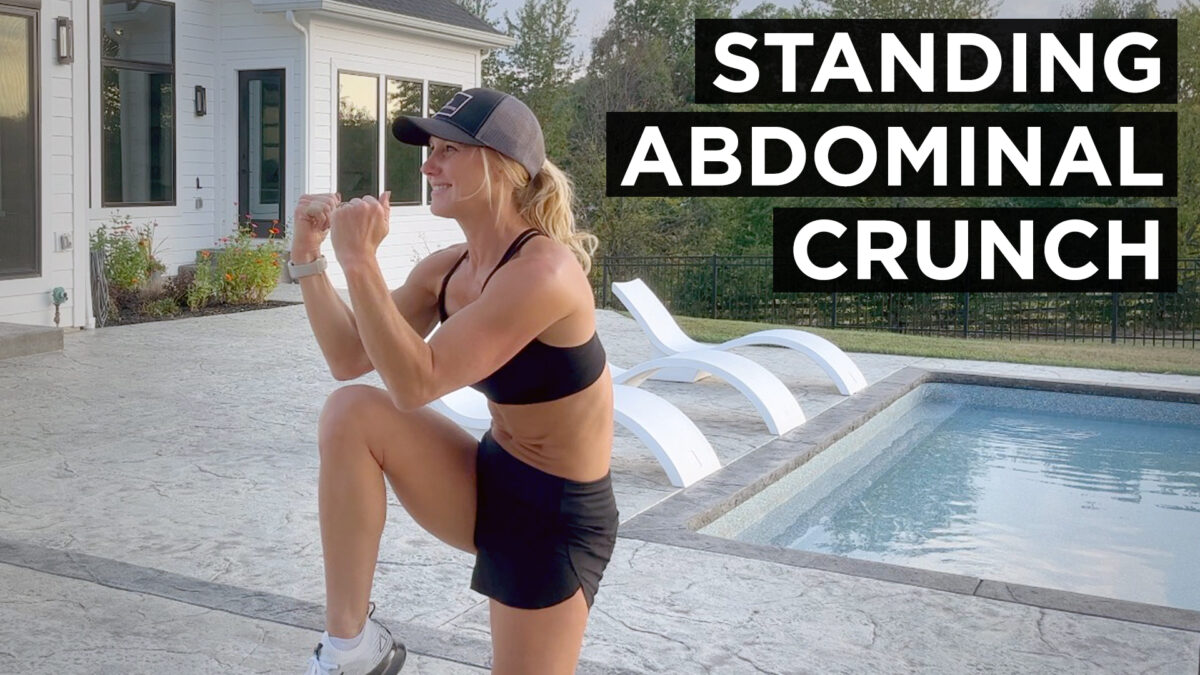Standing Crunch: A Powerful Abdominal Exercise for a Strong Core
When it comes to sculpting a strong and toned midsection, many people immediately think of traditional crunches performed on the floor. However, there’s another highly effective exercise that targets your core muscles and can be a great addition to your workout routine – the standing crunch. This dynamic exercise not only helps you develop a strong core but also offers various benefits for your overall fitness. In this article, I will explore the advantages of the standing crunch, provide step-by-step instructions on how to perform it correctly, and delve into the specific muscles that are engaged during this exercise.
Benefits of the Standing Crunch
The standing crunch is a versatile exercise that offers numerous advantages for individuals looking to strengthen their core and improve their overall fitness. Here are some of the key benefits:

- Core Strengthening: The primary purpose of the standing crunch is to strengthen the abdominal muscles. It specifically targets the rectus abdominis, the muscle responsible for the classic “six-pack” appearance. By performing this exercise regularly, you can develop a firmer and more defined midsection.
- Improved Posture: A strong core is essential for maintaining good posture. The standing crunch can help you develop the core strength needed to support your spine and stand or sit with better alignment. Improved posture can alleviate back pain and reduce the risk of injury.
- Enhanced Balance and Stability: The standing crunch requires you to engage your core to maintain balance while standing on one leg. This not only strengthens your core but also enhances your overall balance and stability, which is beneficial for various physical activities and daily tasks.
- Functional Fitness: Unlike traditional crunches on the floor, the standing crunch is a functional exercise that mimics movements used in everyday life, such as bending and reaching. This makes it a valuable addition to functional fitness routines.


How to Do Standing Crunches: Step-by-Step Guide
Follow these steps to perform standing crunches effectively and safely:
Step 1: Stand with your feet hip-width apart and your knees slightly bent. Keep your back straight and your shoulders relaxed.
Step 2: Place your hands straight up lifted to the sky. Avoid clasping your hands together to prevent pulling on your neck.
Step 3: Engage your core muscles by pulling your navel towards your spine. This will help stabilize your torso during the exercise.
Step 4: Lift your right knee toward your chest while simultaneously bringing your elbows toward your knee. Contract your abs as you round your chest and shoulders in. Return to the starting position with both feet on the ground and your arms up and straight.
Step 6: Repeat the movement on the other side by lifting your left knee toward your chest and bringing your elbows toward your lifted knee.
Step 7: Continue alternating between sides for your desired number of repetitions.
Muscles Worked During Standing Crunches
Understanding which muscles are engaged during the standing crunch can help you focus on proper form and maximize the benefits. Here are the key muscles targeted by this exercise:
- Rectus Abdominis: This is the primary muscle worked during standing crunches. It runs down the front of your abdomen and is responsible for flexing your spine, helping you achieve that coveted six-pack look.
- Obliques: The internal and external obliques, located on the sides of your torso, are engaged to help you rotate your torso while lifting your knee toward your elbow. This strengthens the muscles responsible for twisting movements.
- Transverse Abdominis: This deep-lying muscle wraps around your core like a corset. It stabilizes your spine and pelvis, providing essential support during the exercise.
Are standing crunches better than floor crunches?
Whether standing crunches are better than floor crunches depends on your fitness goals, individual preferences, and physical condition. Both exercises have their own set of advantages and considerations, so it’s essential to choose the one that aligns with your specific needs.
Advantages of Standing Crunches:
- Functional Fitness: Standing crunches mimic movements used in daily life, such as bending and reaching. This makes them valuable for functional fitness, helping you develop core strength that translates into improved performance in everyday activities.
- Balance and Stability: Standing crunches require you to balance on one leg while engaging your core. This can enhance your balance and stability, which is crucial for various sports and activities that involve dynamic movements.
- Variety: If you’re looking to add variety to your core workout routine, standing crunches can be a refreshing change from traditional floor-based exercises.
Advantages of Floor Crunches:
- Isolation: Floor crunches specifically target the rectus abdominis, making them an excellent choice if your primary goal is to develop a well-defined six-pack or strengthen your core in a focused manner.
- Back Support: Floor crunches provide more back support compared to standing crunches, which can be beneficial if you have a history of back issues or are just starting a fitness program.
- Ease of Execution: Floor crunches are generally easier for beginners to learn and perform with correct form. They also offer a more controlled environment for those new to abdominal exercises.
Choosing the Right Crunch for You:
- Fitness Goals: Consider your fitness objectives. If you want a strong core for functional activities and better balance, standing crunches might be more suitable. If you aim to isolate and sculpt your abdominal muscles, floor crunches could be the better choice.
- Physical Condition: If you have back problems or injuries, floor crunches might be safer due to the added back support. Always consult with a healthcare professional or fitness trainer if you’re uncertain about which exercise is suitable for your condition.
- Variety: Including a mix of both standing and floor crunches in your routine can provide a well-rounded core workout. This can help you target different aspects of core strength and stability.
Ultimately, there’s no one-size-fits-all answer to whether standing crunches are better than floor crunches. The choice between the two should be based on your specific goals, physical condition, and personal preferences. It’s also essential to ensure that you perform either exercise with proper form to minimize the risk of injury and maximize their effectiveness.
Find out more about Online Personal Training with Julie


